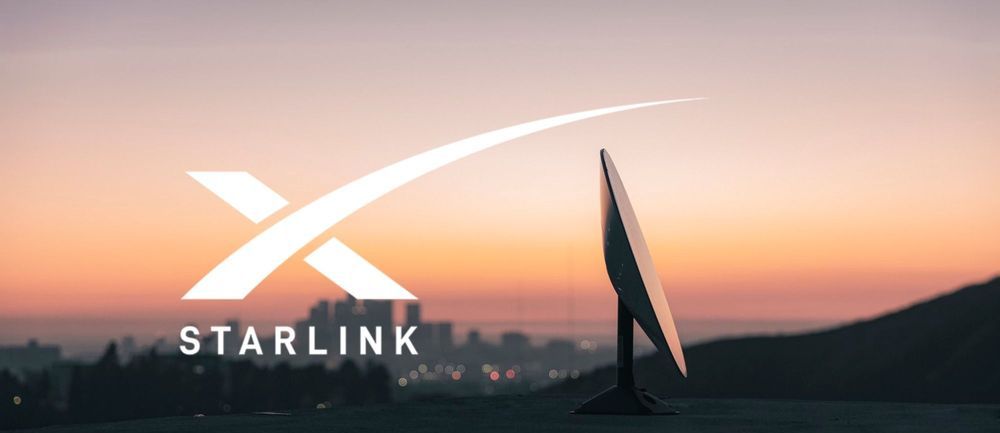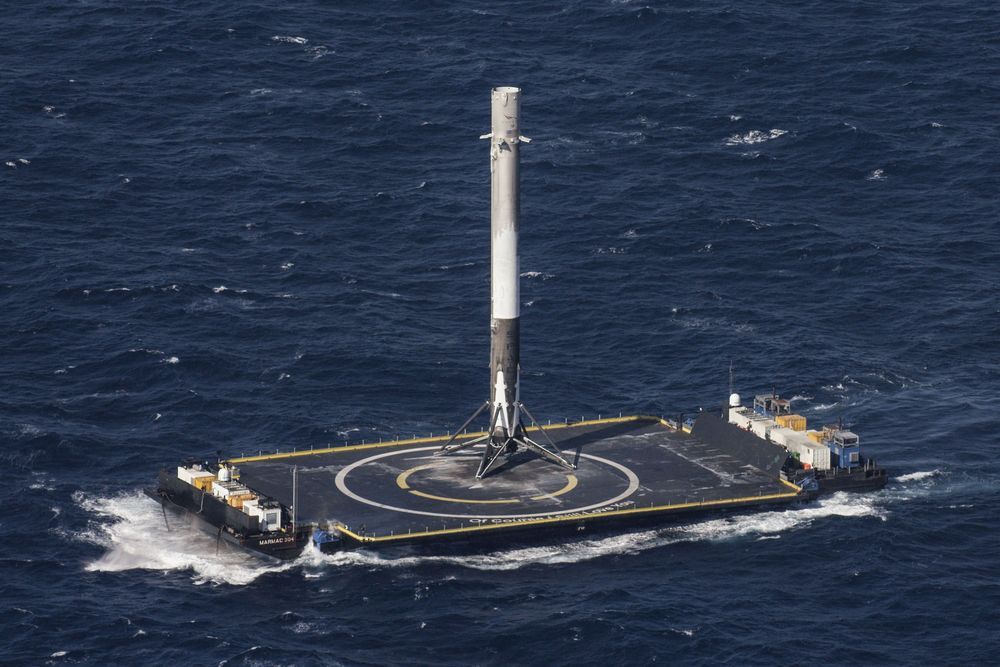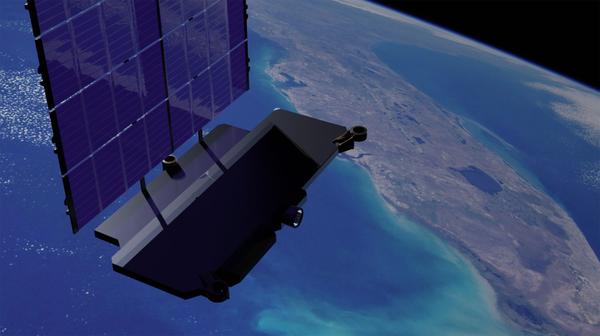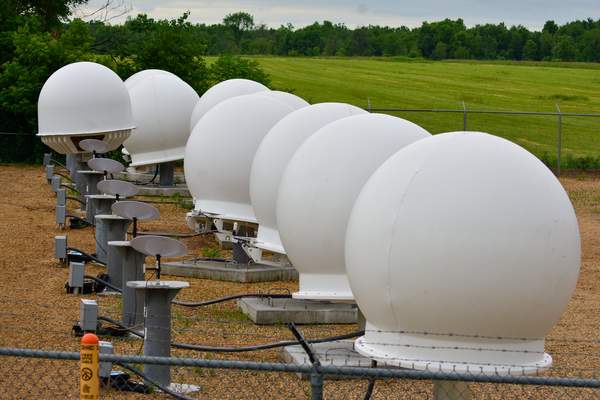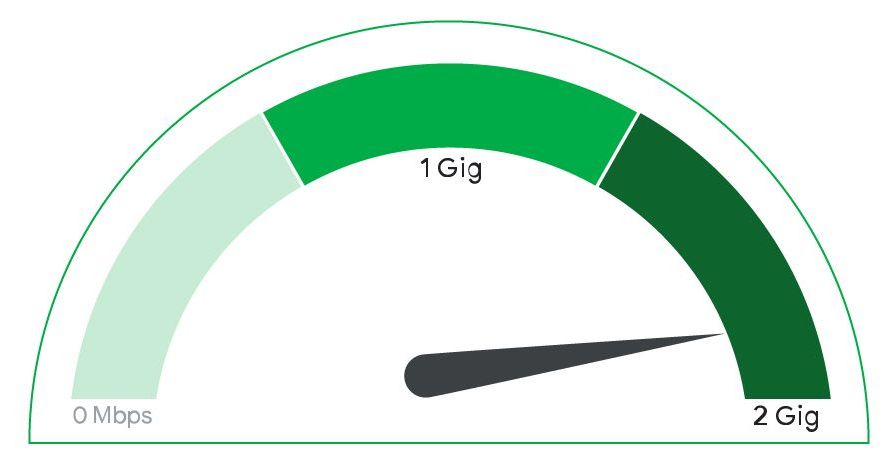Starlink Terminal Digital Illustration Created By: Erc X @ErcXspace via Twitter.
SpaceX is actively assessing the Starlink broadband network’s performance, it begun a private beta service for users across multiple U.S. states. Company employees received early access to the user terminal and Wi-Fi router device to connect and receive data from the Starlink satellites in space. To date, there are around 708 internet-beaming Starlink satellites in low Earth orbit, out of the 4,409 satellites SpaceX plans to initially deploy.
The 19-inch user terminal dish will not require a professional to install at home, like other networks. The customer will be able to easily install the service – “Instructions are simply: plug-in socket, point at sky,” the founder of SpaceX Elon Musk said. Early this year, he shared that the Starlink terminal dish features the ability to search for the satellite constellation –“Starlink terminal has motors to self-adjust optimal angle to view sky,” Musk shared. The device’s technology is advanced enough to find the signal on its own, users will not have to figure out where the Starlink constellation might be nor adjust the terminal as the satellites move across the sky.



